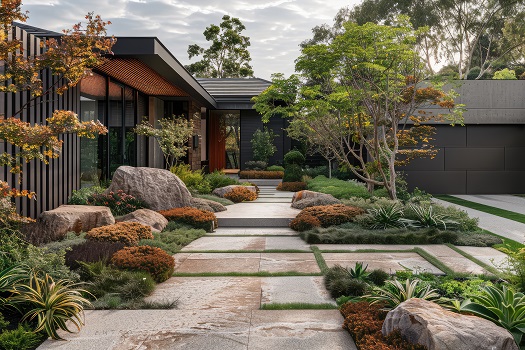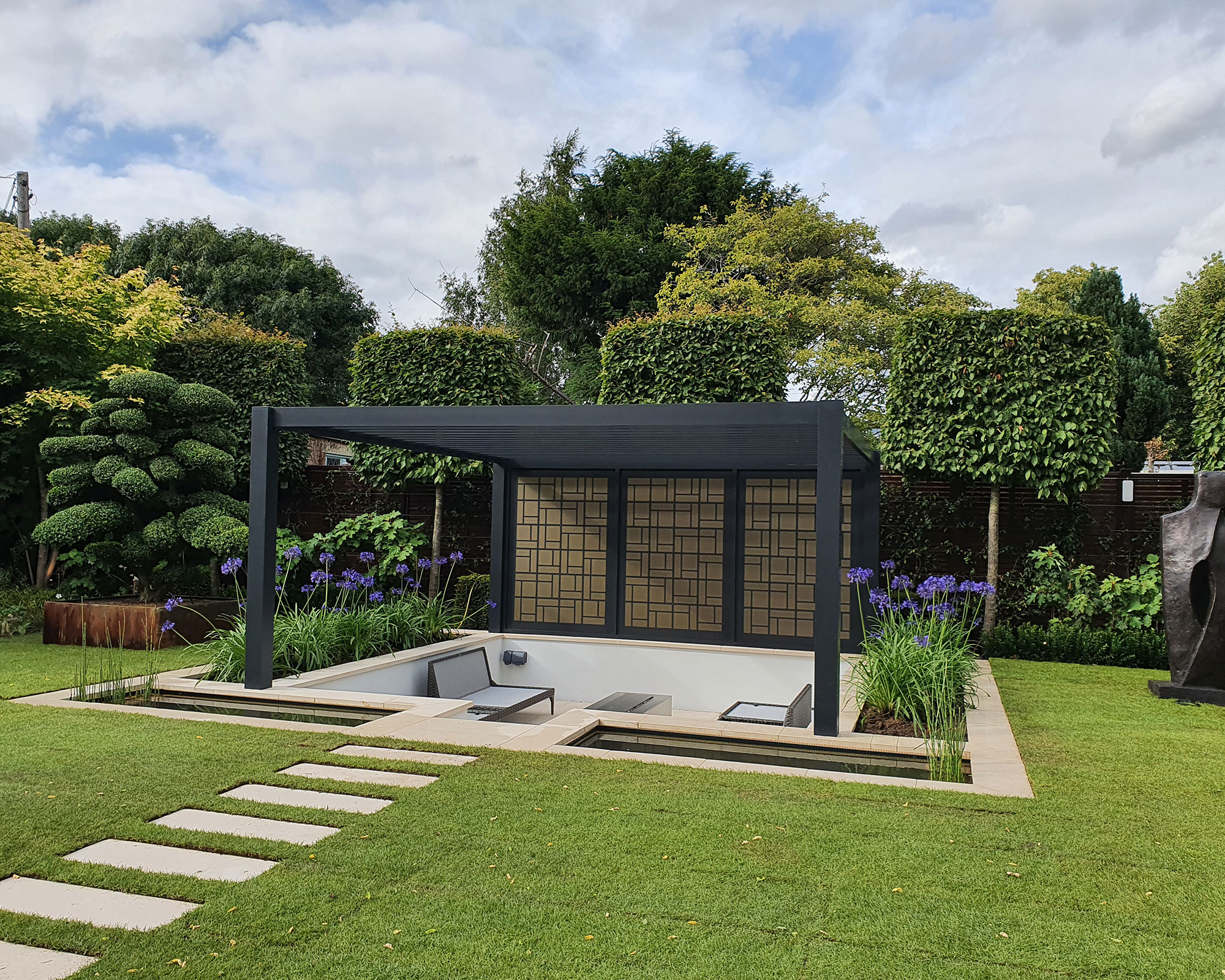The Best Strategy To Use For Hilton Head Landscapes
Wiki Article
Hilton Head Landscapes Things To Know Before You Get This
Table of ContentsWhat Does Hilton Head Landscapes Mean?The 8-Second Trick For Hilton Head LandscapesHilton Head Landscapes - TruthsWhat Does Hilton Head Landscapes Do?The Best Guide To Hilton Head LandscapesUnknown Facts About Hilton Head LandscapesThe 20-Second Trick For Hilton Head Landscapes
Line produces all types and patterns and can be used in a variety of methods the landscape. Line in the landscape is developed by the edge in between two products, the summary or silhouette of a type, or a lengthy straight attribute. Lines are an effective device for the developer because they can be used to develop an unlimited selection of shapes and types, and they regulate motion of the eye and the body.

Lines in the landscape. The residential properties of lines identify exactly how individuals react to the landscape, both emotionally and physically.
Our Hilton Head Landscapes Diaries
Straight lines are most often located in hardscape sides and product. Bent lines develop an informal, all-natural, relaxed character that is connected more with nature and asymmetrical equilibrium. Curved lines relocate the eye at a slower pace and include secret to the space by developing covert sights. Upright lines relocate the eye up, making an area feel bigger.Upright lines in the landscape consist of tall, narrow plant material, such as trees, or tall structures, such as an arbor or a bird home on a post. Straight lines move the eye along the ground airplane and can make a space really feel larger. Low lines are more subdued and create a feeling of remainder or repose.
Some Ideas on Hilton Head Landscapes You Should Know
Reduced lines are produced by reduced garden wall surfaces, pathways, and short bushes. Lines are used to attract types on a plan. In strategy view, they define plant beds and hardscape locations. Lines are also produced by the vertical types of built features and plant material. There are three key line types that develop type in the landscape: bedlines, hardscape lines, and plant lines.Bedlines attach plant material to your home and hardscape due to the fact that the eye follows the line, relocating the look via the landscape. Hardscape lines are developed by the edge of the hardscape, which delineates the developed framework. Line can also be created by lengthy and narrow materials, such as a fence or wall.
7 Simple Techniques For Hilton Head Landscapes
Form is found in both hardscape and plants, and it is generally the dominant aesthetic element that spatially organizes the landscape and commonly establishes the style of the garden. The type of structures, plant beds, and garden accessories also identifies the total kind theme of the garden. Official, geometric types include circles, squares, and polygons.Plants develop type in the yard through their lays out or silhouettes, however kind can likewise be defined by a gap or negative space in between plants - bluffton landscaping (https://h1tnhdlndscps.creator-spring.com). Circles can be full circles, or they can be split into half circles or circle segments and incorporated with lines to create arcs and tangents
All about Hilton Head Landscapes
Circles can additionally be stretched right site here into ovals and ellipses for more selection and passion. Circles are a strong layout form due to the fact that the eye is always drawn to the facility, which can be utilized to highlight a centerpiece or connect other kinds. Number 2. Round types in hardscape and yard panels.The square type can also be fractional and used consistently to develop a grid pattern. Unlike circles, squares are more powerful on the brink, which can be aligned or overlapped to create unique patterns and even more intricate types. Polygons are many-sided forms with straight sides. Triangulars, for instance, are three-sided polygons.
Meandering lines usually resemble the all-natural program of rivers or streams and can be referred to as smooth lines with deeply rounded undulations. Twisting lines (Number 3) work well for paths, plant bedlines, and completely dry stream beds. Twisting lines can add passion and mystery to a garden by leading visitors around corners to find new sights and spaces.
All about Hilton Head Landscapes

Number 5. Fragmented edges: stepping rocks in pathway. Kind is the most enduring quality of a plant (landscapers hilton head island). https://hearthis.at/steven-gonzales/set/hilton-head-landscapes/. Typical plant forms are well established and standardized, as form is one of the most constant and recognizable feature of plants. Type can also be created through the massing of plants, where the total mass produces a different kind than a specific plant.
A very contrasting kind should be utilized with careone or 2 job well as a prime focus, yet way too many develop mayhem. All-natural plant kinds, as opposed to over-trimmed kinds, should establish the mass of the structure. The importance of total type is basically depending on the checking out perspectivethe kind of a tree can appear quite various to an individual standing under the canopy versus watching the tree from a range in an open area.
A Biased View of Hilton Head Landscapes
Plant forms also create and define the gap or open rooms between the plants, developing either convex or concave kinds in the gaps. High-arching tree branches generally create a concave open area under the branches, and a rounded canopy with low branches fills up the space to develop a convex kind in the open room under the tree.
Report this wiki page